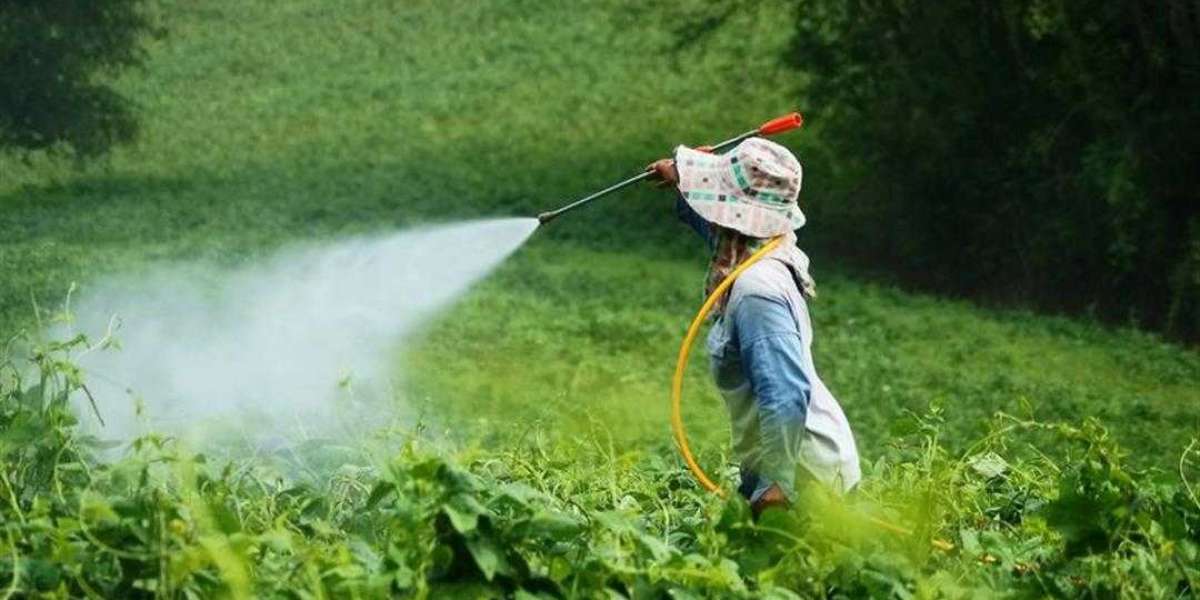Pool Maintenance: The Comprehensive Guide to Keeping the Water Clean and the Structure Safe
Introduction
Pools are a great addition to any home or sports facility, providing a place to relax, practice swimming, and enhance physical fitness. However, keeping the pool clean and safe requires regular maintenance, including cleaning the water, checking filtration systems, and ensuring the chemical balance. In this article, we will discuss in detail how to maintain different types of pools, the most important tools used, common problems you may encounter, and ways to solve them to ensure the pool remains in top condition.
The Importance of Pool Maintenance
Regular pool maintenance is essential to maintain:
Water Quality: Preventing the buildup of bacteria and algae that can cause skin and respiratory diseases.
Pool Lifespan: Preventing erosion of walls or damage to tiles and pipes.
Operational Efficiency: Ensuring that pumps and filters are working efficiently to provide clean, healthy water.
General Safety: Preventing slipping or the buildup of algae and harmful substances on the pool surface.
Types of Pools and Their Impact on Maintenance
Maintenance procedures vary depending on the type of pool, as each type requires a specific method to maintain its cleanliness and safety.
1. Concrete Pools
Regular cleaning of the tiles and walls is required to prevent limescale buildup.
They often require repainting or relining to prevent cracks.
They can be more susceptible to water leaks than other types.
2. Plastic (Fiberglass) Pools
Less susceptible to algae growth due to their smooth surface.
The structure requires regular inspection to ensure there are no cracks or leaks.
3. Vinyl-Lined Pools
Require extreme care when cleaning to avoid scratching or tearing the liner.
Chlorine levels should be monitored, as high concentrations can damage the liner.
4. Public Pools vs. Home Pools
Public pools require more frequent maintenance due to heavy use.
Water quality should be checked daily to ensure the health of users.
Routine Pool Maintenance Steps
1. Clean the pool of dirt and debris.
Remove leaves and floating debris using a hand net.
Clean the walls and floor of the pool using a special cleaning brush.
Use a water vacuum to remove fine dirt from the bottom.
2. Check and Clean the Filter and Pump.
Clean the filter weekly to prevent dirt buildup that obstructs water flow.
Ensure that the pump is operating smoothly, as it is responsible for circulating the water.
Replace the sand or other materials used in the filter according to the manufacturer's recommendations.
3. Maintain Chemical Balance.
Chemical levels in the pool should be checked and adjusted to ensure user health and prevent algae growth:
Chlorine level: Should be between 1-3 parts per million (ppm) to sterilize the water.
Ph level: Ideally, it should be between 7.2-7.6 to prevent skin and eye irritation.
Total Alkalinity: Helps stabilize the pH level and should be between 80-120 ppm.
Cyanuric acid level: Protects chlorine from evaporation in outdoor pools and should be between 30-50 ppm.
4. Prevent and eliminate algae
Use an algae control product weekly.
Clean any stains that appear on the walls immediately.
Adjust the chlorine level to prevent algae growth.
5. Check the heating and cooling system.
Ensure that the heaters are working efficiently if the pool is equipped with one.
Clean the heating pipes and remove any mineral deposits that impede their operation.
Common Pool Problems and Solutions
1. Cloudy Water
Cause: High organic matter or low filter efficiency.
Solution: Use a combination of chemical filtration and flocculants to improve water clarity.
2. Algae Buildup
Cause: Low chlorine or high organic matter.
Solution: Clean the pool thoroughly, add chlorine, and use an algae control product.
3. Skin and eye irritation after swimming
Cause: pH imbalance or high chlorine.
Solution: Check and adjust pH and chlorine levels to maintain a safe swimming environment.
4. Water leaks
Cause: Cracks in the pool walls or a problem with the connection pipes.
Solution: Locate the leak using a pressure test and repair it with appropriate materials.
5. Weak water flow in filters
Cause: Filter clogged or dirt buildup in the pump.
Solution: Clean the filter and pump and remove any obstructions impeding water flow.
Basic tools and materials for pool maintenance
Leaf net to remove floating debris.
Water broom to clean the pool floor.
Ph and chlorine meter to check water quality.
Anti-algae agent to prevent algae growth.
Limescale and scale remover to keep the walls clean.
Scrubber brush to remove sediment from the walls.
A suitable water filter to maintain water purity.
Tips for Keeping Your Pool in Top Condition
Run the filter for 6-8 hours daily to ensure the water is consistently clean.
Cover the pool when not in use to prevent dirt and reduce water evaporation.
see also
Avoid swimming immediately after applying chemicals.
Check the pump and filter regularly to avoid sudden breakdowns.
Clean the baskets in the pump and filter weekly to prevent clogging.
Conclusion
Pool maintenance is essential to maintaining water quality, user safety, and the lifespan of the pool. Regular water cleaning, equipment inspection, and chemical adjustments are required to maintain a healthy and safe swimming environment. By following the steps and tips mentioned, you can ensure your pool remains clean and ready for use at any time.











